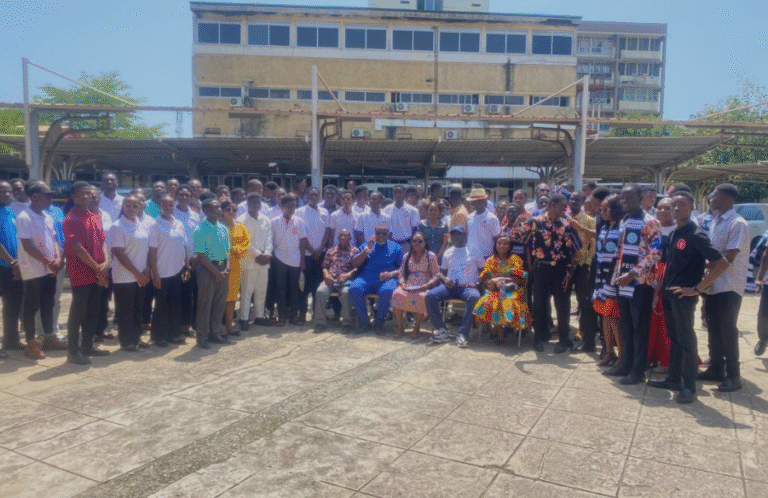The Ghana Society of Radiographers (GSR) has urged the Allied Health Professions Council and the Ghana Tertiary Education Commission (GTEC) to extend the training of radiographers in Ghana from four to six years, in line with recommendations from the West African Health Organisation, to enhance imaging excellence in the country.
According to the GSR, a six-year programme would allow higher-level radiographers to specialise in modality-specific imaging, image interpretation, research, teaching, administration, and other radiological sub-specialities.
The association believes that graduates of an extended programme would form the foundation for advancing from generalist to specialist at the postgraduate level.
Delivering the welcome address at the Harriet Duah Quiz Competition, held as part of the celebration of the 130th World Radiography Day, GSR President Dr. Prince Rockson (Togbe Kpegba Agbakpe I emphasised the need for a harmonised curriculum.
“If we are looking at imaging excellence, then we need to look at people who are so abreast with almost all the things. I am saying that the four-year training programme is inadequate for this whole modality. Some schools are training in imaging-specific modality, somebody is doing ultrasound for four years, and somebody is looking at all these modalities for four years.
“So, I am calling on the various institutions with the Allied Health Professional Council and the GTEC to harmonise the curriculum at the first-degree level so that we can stop those pseudo specialisations at the first-degree level. We don’t specialise in first degree,” he said.
He added, “We need appropriately trained professionals at the various specialised levels to handle patients in embracing the global technological advancement.”
World Radiography Day, observed annually on November 8, commemorates the discovery of X-rays by Prof. Conrad Roentgen in 1895 and highlights the impact of this discovery on modern medical practice.
The day also underscores the role of radiographers in patient care, radiation safety, and the adoption of advanced technologies, including artificial intelligence, in imaging and therapy.
Dr. Rockson noted that radiographers serve as the interface between imaging technology and patients, playing a critical role in ensuring safety, optimising medical procedures, and adapting to emerging technological developments.
He added that promoting education and awareness about the profession is vital to attract youth, sustain the workforce, and benefit society.
Source:Lovinghananews.com


